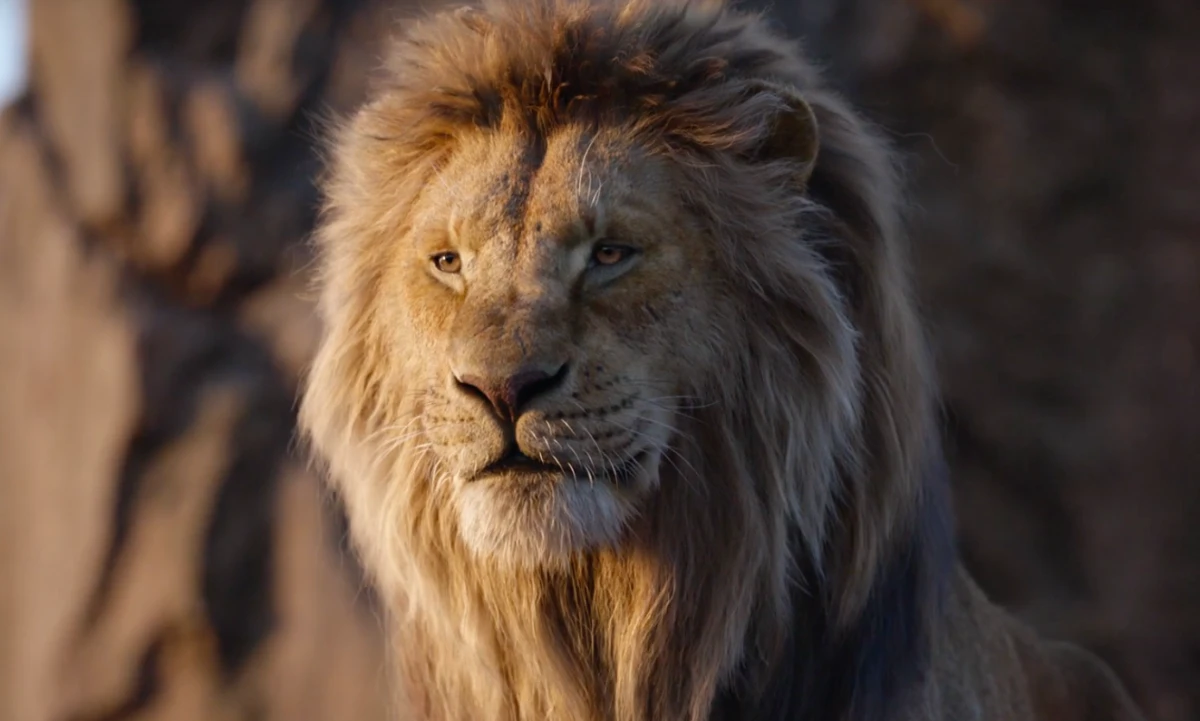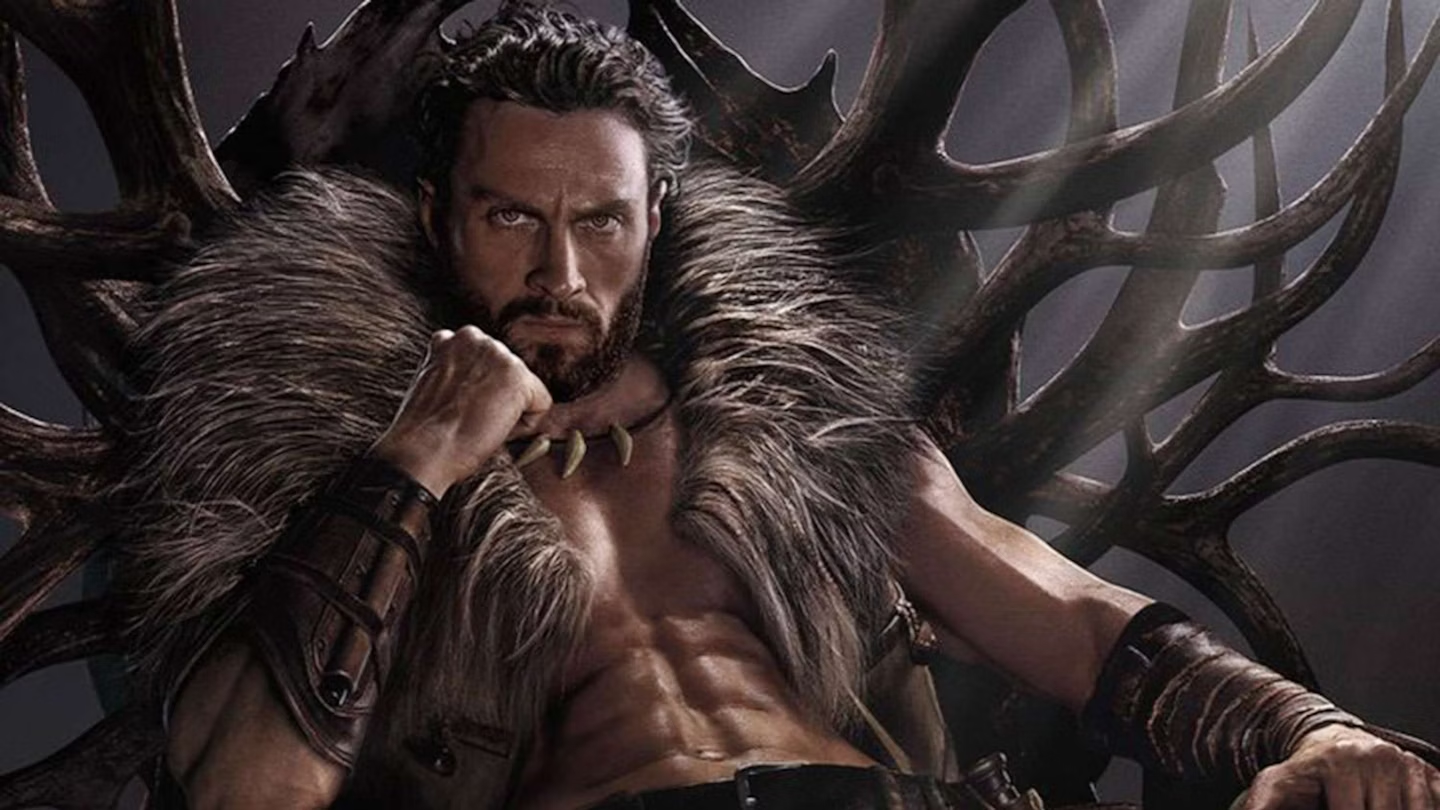Q:Congratulations on getting a role on the Punisher! That is awesome-sauce.
JM: Thank you so much.
Q:The character you’re playing, Curtis Hoyle, he has a longstanding history in the comic books.
JM: Yes he does, he’s definitely an established character in the comic books, which made it easy for my research.
Q:So you did do some research into the comics?
JM: Yes I did do some research into the comics, and I would say that even though they deviate a little bit from what’s in the comics, its in a very creative way. The show-runners seem to have taken a liking to this version of the character.
Q:Can you expound a bit upon how they deviated from the char as it is in the comics, or is that a spoiler?
JM: One major fact is that y’know, the character in the comics is white, and I’m black, so that’s one deviation.
Q:Hopefully in this day and age, that won’t matter!
JM: I don’t think it will matter either. Curtis Hoyle and Frank Castle are really good buddies, they’re both like ex-special forces, and they’re both trying to make their way in normal society. In terms of deviation I can’t reveal more because that really would be spoilers – we really want you guys to watch it and enjoy it.
Q: We are all very much anticipating watching the show! So without spoilers, what can fans of the Punisher expect to see from Curtis Hoyle in the first season? Do you know if Curtis is going to be in the second season, or is that also a spoiler? ‘Cuz you know Punisher is going to have to have a second season.
JM: Well, I sure hope so! It’d be great for the show to continue. I think the show is good and it’s gonna be here real soon. But what you would see first from Curtis, you’d see a guy who is trying to help others. I would say the show is tackling a major task, addressing how we as soldiers re-acclimate back into society. And dealing with PTSD, trying to help other soldiers do that, and just become functional citizens in society. That’s what you’ll be seeing from Curtis.
Q:That actually leads into my next question – you play a veteran support group leader in some pretty heavy scenes on the show, did you consult any military counselors, therapists, or actual veterans with PTSD in real life to kind of prepare for the role?
JM: Marvel Studios was really generous with helping us do the research, providing us with people I could really speak to. Talking with people who were soldiers, people who suffer from PTSD, and here’s the great thing, the thing you might not know – the people in those scenes are all from the military, one way or another, in real life. Army, Navy, real Military, actual Vets, here on set. All I need to do is ask them. They helped me out a lot, in terms of psychology of the soldier, and trying to understand all forms of PTSD, they really helped me in that capacity. We talk about these issues and we celebrate the Vets, on this show, a lot.
Q:That’s fantastic. Your character Curtis Hoyle could be interpreted as kind of Jiminy Cricket to Frank Castle, as it were. But in other scenes you’re kind of a devils advocate, how interesting was it for you to take on that kind of dual role?
JM: It’s good. As an actor, that’s the kind of stuff you want to do. You want to play complex characters, characters that have conflict, even within themselves, any kind of conflict is so important, because that’s what people bite into. That’s when you can really tell, the writer and the creators did some extra work. And so, working with Jon (Bernthal), it was a tremendous pleasure. I always tell him, he has great leadership qualities and he doesn’t even know it. (laughs) He’s not even aware of it, but he does. Our characters’ relationship is very dynamic. He’s like one of Curtis’ great friends, and we also butt heads. Which good friends do, good friends butt heads and have good times, laugh and do all that stuff together too.
Q:You butt heads, you make up, you maybe go out and have a beer and the occasional fistfight, y’know, what friends do!
JM: Absolutely. So look for some of that conflict in there, with Curtis and Frank, there should be enough of that.
Q: So Curtis Hoyle was in the service with Frank Castle, and they met during the Vietnam war. At least, in the comic books.
JM: We’re not that old, so that’s another one of the deviations from the comic books.
Q: Makes sense. It would actually take some mad skills on Curtis’ part to be able to impress The Punisher and y’know, make friends with him, especially around and during whatever war they happened to meet at. Do we actually get to see Curtis use any kind of physical fighting skills, for the first season, does he kick some ass somewhere? Does he have to?
JM: I’m not ruining anything for you. That is a spoiler question! He is a soldier, I will say that, that’s a big part of it.
Q:Is there anything you would like to allude to about the show, without giving actual spoilers? Maybe a teaser?
JM: I will say this – without spoiling anything, in terms of characters of The Punisher, I think more people have died in the first season of The Punisher than pretty much all the other shows combined. Cuz he’s The Punisher, so he has to do a lot of punishing.
Q:We all eagerly look forward to the show coming out on Netflix November 17, 2017!
JM: Not soon enough, I tell you! It’s two days before my birthday actually.
Q:Well, happy early birthday! You will definitely have to do something rocking to celebrate both your birthday and The Punisher coming out.
JM: I surely appreciate it, and will find something rocking to do.
Q: We all sincerely hope your character makes it to the highly anticipated second season of the Punisher. Any good “no sh*t there I was” stories from on the set of The Punisher?
JM: Plenty of those, but those moments are all full of spoilers! If I give you one thing, I’m telling you, it’s gonna ruin part of the experience for you! I really want people to get the full experience and the best value, from The Punisher.
Thank you so much for speaking with me!

Movie
‘Mufasa: The Lion King’ Will Leave You Breathless

“Mufasa: The Lion King” is a visually stunning addition to the beloved Lion King franchise, offering a fresh and emotionally resonant take on the origins of one of Disney’s most iconic characters. The film beautifully explores Mufasa’s journey, balancing heartfelt moments with touches of comedy that lighten the mood and make the story accessible to audiences of all ages. The animation is breathtaking, capturing the vibrant landscapes and lush environments of the Pride Lands, adding depth to Mufasa’s character and his relationships.
The storytelling is compelling, effectively pulling at the heartstrings while providing insights into Mufasa’s character before he becomes the legendary king. However, the setup for Scar’s betrayal feels somewhat underdeveloped, lacking the deeper motivation that could have enriched their complex brotherly relationship. This missed opportunity leaves a slight gap in understanding Scar’s actions, which could have elevated the dramatic stakes.
The musical score is impressive, featuring memorable songs that enhance the emotional impact of pivotal scenes. While there are several standout tracks, one song, in particular, resonates deeply and is sure to linger in viewers’ minds long after the credits roll. Overall, “Mufasa: The Lion King” is an amazing film and a worthy addition to the Lion King lore that manages to deliver both laughter and tears, offering a rich tapestry of storytelling that fans will appreciate.
Movie
Is ‘Kraven the Hunter’ a Total Letdown?

“Kraven the Hunter,” directed by J.C. Chandor, aims to introduce a beloved Spider-Man villain to the big screen, but unfortunately, it falls short of expectations. The film suffers from noticeable issues, notably an overuse of ADR (Automated Dialogue Replacement), which detracts from the authenticity of the characters’ interactions and contributes to an uneven audio experience. This technical flaw is compounded by rough storytelling that feels disjointed and lacking in coherence, leaving viewers struggling to connect with the narrative.
Aaron Taylor-Johnson delivers a commendable performance as Kraven, showcasing the character’s gritty nature and complex motivations. His portrayal has potential, and it’s evident that he could elevate the character far beyond what is presented with a stronger script and direction. However, the absence of Spider-Man, a central figure in Kraven’s lore, leaves a void that the film struggles to fill. Without this critical connection, the plot meanders and fails to create the tension or stakes that fans of the superhero genre crave.
Additionally, including Rhino as a villain feels like a missed opportunity; he is presented more as a gag character with limited screen time, undermining any sense of threat or depth. For the average moviegoer, “Kraven the Hunter” might entertain but ultimately feels like a mediocre viewing experience. Comic book fans, however, may find disappointment in this lackluster attempt to create a solo character film. Instead of an exhilarating dive into Kraven’s world, the film presents a watered-down version, leaving audiences wishing for a more cohesive vision that honors its comic book roots.
Movie
A Brief Review and History of A Year Without a Santa Claus

A Year Without a Santa Claus, the 1974 stop-motion holiday classic produced by Rankin/Bass, is a heartwarming and whimsical tale that has cemented its place in holiday traditions. Based on Phyllis McGinley’s 1956 book, the story revolves around a disheartened Santa Claus who, feeling unappreciated, decides to take a year off from his Christmas duties. It’s up to Mrs. Claus and a pair of well-meaning elves, Jingle and Jangle, to reignite the Christmas spirit and show Santa the world’s unwavering belief in him.
The movie is beloved for its unforgettable characters, especially the bickering Miser Brothers, Snow Miser and Heat Miser. Their catchy, vaudeville-style musical numbers, “Snow Miser Song” and “Heat Miser Song”, are so iconic they’ve become cultural touchstones, often parodied and celebrated decades later.
Directed by Arthur Rankin Jr. and Jules Bass, the film continues the duo’s tradition of stop-motion magic, blending heartfelt storytelling with quirky humor. The voice cast, featuring Mickey Rooney as Santa and Shirley Booth as Mrs. Claus, delivers standout performances. Booth’s warm narration was her final acting role before retirement, adding a layer of poignancy to the film.
Initially released on December 10, 1974, on ABC, the special didn’t immediately achieve the legendary status of Rudolph the Red-Nosed Reindeer. However, it gained a dedicated following through annual holiday airings, nostalgic appeal, and its distinct charm.
The film’s themes of hope, unity, and rekindling joy remain timeless, making it a perennial favorite for audiences of all ages. Its blend of humor, catchy songs, and a touching message about believing in magic and goodwill ensures its enduring legacy during the holiday season.
For fans of holiday classics, A Year Without a Santa Claus is a must-watch that never fails to warm hearts and spread cheer.

